9 Surprising Truths About Urns You Never Knew: What Exactly Is an Urn Used For in Cremation and Ashes Preservation
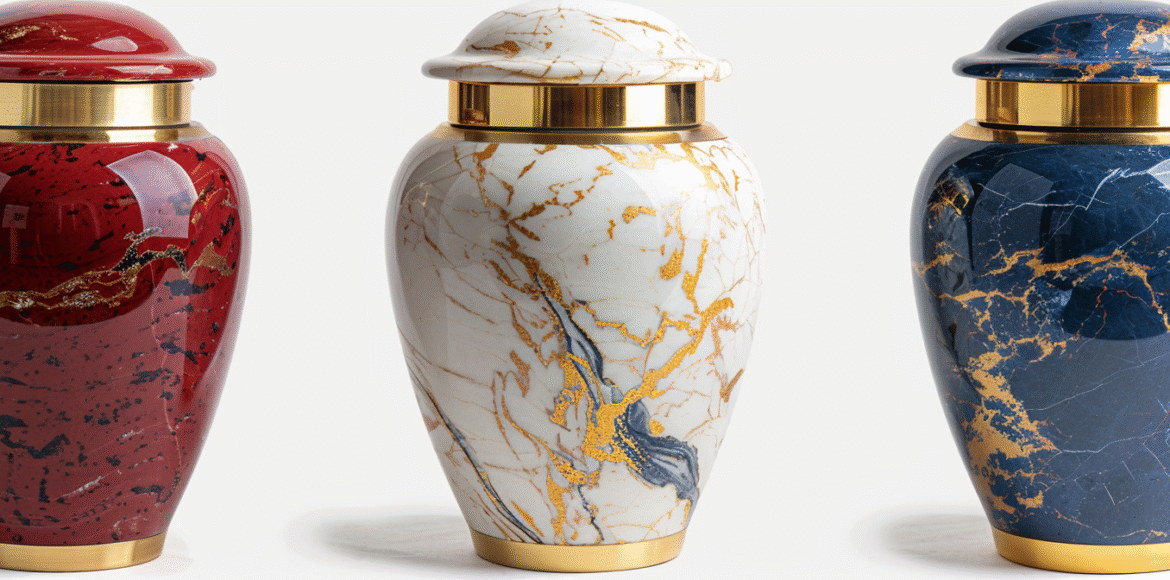
Table of Contents
Introduction: More Than a Vessel — The Emotional Power of Urns
When most people hear the word urn, they picture a beautiful container sitting quietly on a mantel or tucked inside a columbarium niche. But urns are so much more than decorative jars or ceramic keepsakes. They are silent carriers of memory, vessels of eternal rest, and sometimes, the only physical object left to represent someone’s entire life.
In an era where cremation is becoming increasingly common, especially in countries like the United States and Canada, understanding what exactly an urn is—and isn’t—is essential. This isn’t just about practical function; it’s about purpose, legacy, and grief.
So let’s go deeper. What is an urn, really?
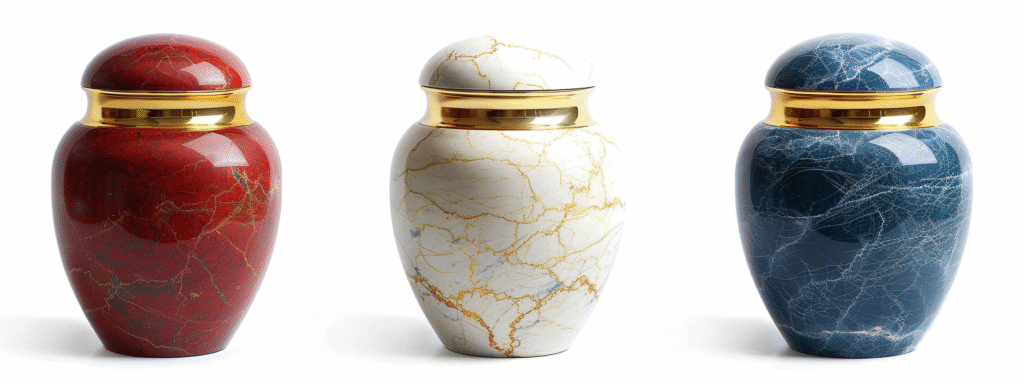
1. Definition of an Urn: It’s Not Just a Pot
An urn is broadly defined as a container, traditionally with a cover, used for storing the ashes (also called cremains) of a person who has been cremated.
But here’s what you may not know: the term “urn” originally referred to any rounded vessel, not just for funerals. According to the Oxford English Dictionary, the word comes from the Latin urna, meaning a jar or vessel, especially one used for holding the ashes of the dead.
Modern cremation urns can be made from ceramic, wood, marble, metal, glass, resin, or even biodegradable materials. The material doesn’t define the urn. Its purpose does.
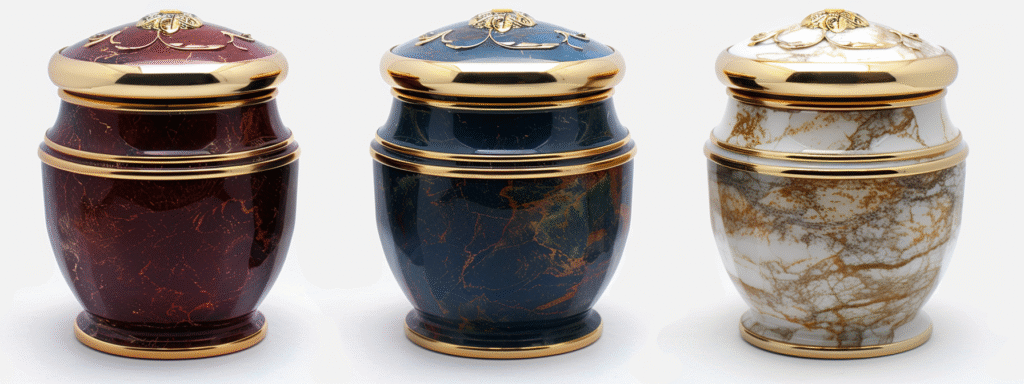
2. The Purpose of Urns: A Sacred Vessel for Cremated Ashes
Urns serve as more than storage containers. Their roles are ceremonial, memorial, and deeply symbolic. Let’s break it down:
- Storage of ashes: After cremation, remains are collected into a temporary container by the funeral home. Families may choose to transfer them into a permanent urn for safekeeping.
- Display: Many families place urns in their homes, on shelves or altars, as a tangible way to keep a loved one close.
- Burial: Some urns are placed in graves or urn vaults in cemeteries.
- Scattering: For families who wish to scatter ashes, urns serve as temporary carriers.
- Travel: Special travel-safe urns are used when flying or transporting ashes between cities or countries.
The presence of an urn helps families process grief. It becomes a focal point for remembrance, for prayers, and for storytelling.
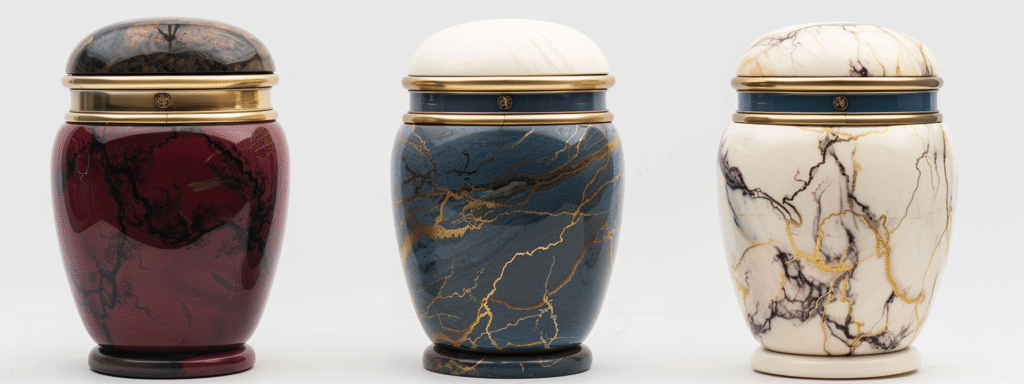
3. Types of Urns: Not All Urns Are the Same
Did you know there are over 15 types of cremation urns available today?
Here’s a breakdown of the most common:
1. Traditional Urns
These are the most widely recognized. They come in elegant shapes—often resembling a vase—and are usually made from metal, ceramic, or marble.
2. Keepsake Urns
Small in size, these hold a portion of ashes and are often shared among family members. Learn more in our 3000-word guide: What is a Keepsake Urn?
3. Biodegradable Urns
Perfect for eco-conscious families, these urns are made from paper, salt, or sand and dissolve naturally in water or soil.
4. Companion Urns
These hold the ashes of two people, often couples who wish to be united forever.
5. Infant and Child Urns
Delicately designed to honor the brief but beautiful lives of young souls.
6. Pet Urns
Yes, many families choose to cremate beloved pets. Pet urns are personalized and can even be shaped like paw prints or bones.
7. Artistic and Custom Urns
Made by artists, these are one-of-a-kind pieces meant to reflect the personality of the deceased.
8. Jewelry Urns
These include cremation necklaces or bracelets that hold a symbolic amount of ashes.
The options are limitless because every life is unique—and so should be the final tribute.
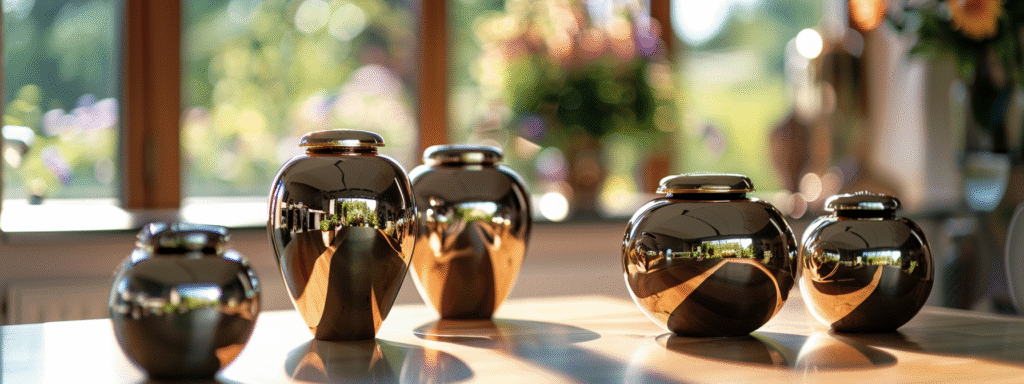
4. Historical Background of Urns: From Ancient Fires to Modern Farewells
Urns date back thousands of years. Here’s a surprising fact: some of the earliest urns were found in China, in the Yangshao culture (5000–3000 BCE), where small ceramic urns were used for burying children.
Other civilizations, including the Greeks, Romans, and Etruscans, used urns to store ashes. In ancient Rome, cremation was common, and ashes were placed in urns made from terra cotta, glass, or stone.
The shift from burial to cremation, and back again, has reflected changes in religion, politics, and technology.
During the Victorian era, urns re-emerged in the West as decorative yet solemn symbols of mourning—often placed atop headstones or used in funerary art.
Today, with modern cremation techniques, urns have evolved to reflect personalization, craftsmanship, and cultural values.

5. The Emotional Importance of Urns: Grief, Closure, and Love
An urn is often the last physical “home” of a loved one. That alone makes it powerful. But emotionally, urns serve many deeper purposes:
- Focus for Rituals: From candle lighting to prayer ceremonies, the urn anchors the grieving process.
- Continuity: In many traditions, like Hinduism or Buddhism, urns are used to preserve karma or assist in rebirth.
- Storytelling: Families often place urns in their living rooms or shrines, sparking conversations about the person they’ve lost.
Urns are often engraved with names, dates, and meaningful phrases. Some families even choose to add photographs, locks of hair, or love letters inside the urn before sealing it.
To the grieving, the urn becomes a sacred heirloom.
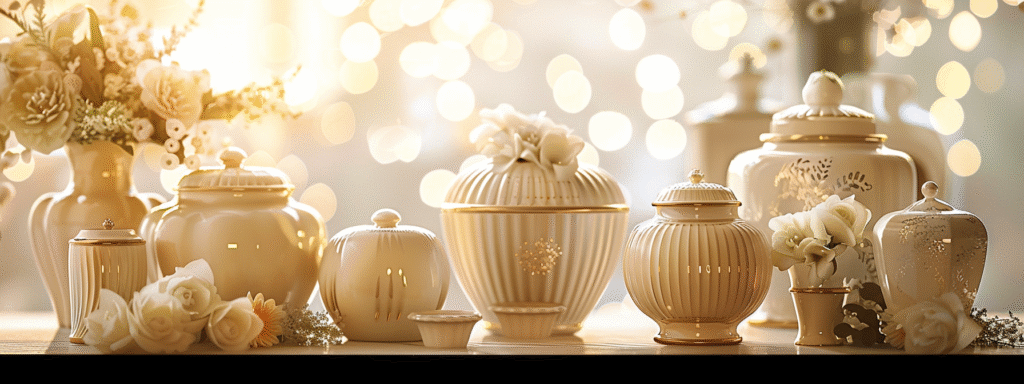
6. Legal Aspects and Handling of Urns: What You Should Know
Surprisingly, there are legal guidelines regarding urns and cremated remains.
- In the United States, the Federal Trade Commission (FTC) requires funeral homes to provide pricing transparency for urns under the Funeral Rule.
- When flying with ashes, the Transportation Security Administration (TSA) recommends using non-metallic urns for easier screening.
- Each state may have specific rules for scattering ashes, especially in public places or parks.
If you’re ordering an urn online from Dei Gratia Urns, we include documentation and guidance to help you understand local laws and transport protocols.
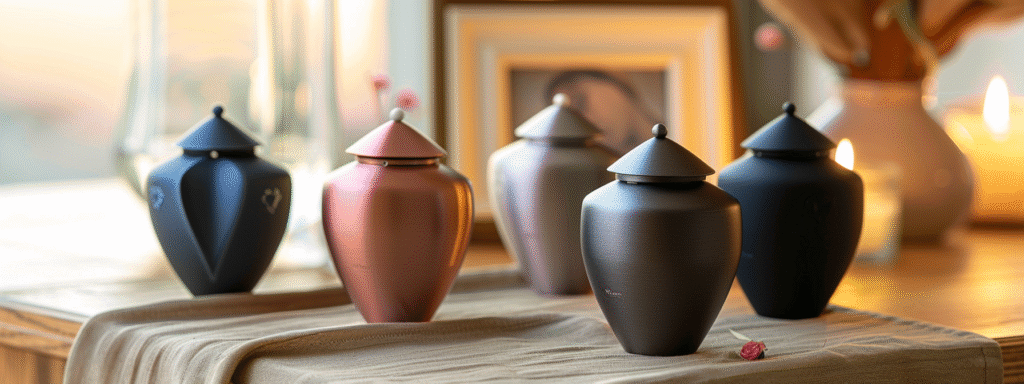
7. Choosing the Right Urn: Tips for Families
How do you choose something so deeply personal?
Here’s what to consider:
- Purpose: Will you bury, display, or scatter the ashes?
- Material: Ceramic is classic, wood is warm, metal is durable, and biodegradable is eco-friendly.
- Capacity: A standard adult urn holds 200 cubic inches (roughly equal to the ashes of a 180–200 lb person).
- Budget: Quality urns range from $60 to $600+, depending on material and customization.
- Design: From minimalist to ornate, your urn should reflect the spirit of your loved one.
At Dei Gratia Urns, we offer handcrafted urns that honor tradition while allowing for personalization.
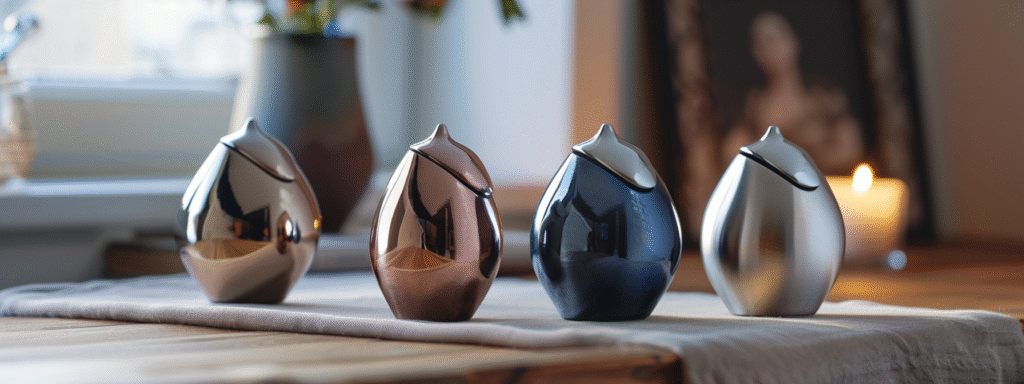
8. Modern Trends in Cremation and Urns
Did you know that over 57% of Americans now opt for cremation over burial?
As preferences change, so do urn designs and uses. Some new trends include:
- Digital urns: Featuring QR codes that link to memorial websites.
- 3D-printed urns: Designed to match facial likeness or hobbies.
- Floating urns: Used in water burials where the urn slowly dissolves.
- Scattering tubes: Special biodegradable cylinders for ash dispersal.
Even NASA offers to launch cremated remains into space—imagine your loved one orbiting the Earth for eternity.
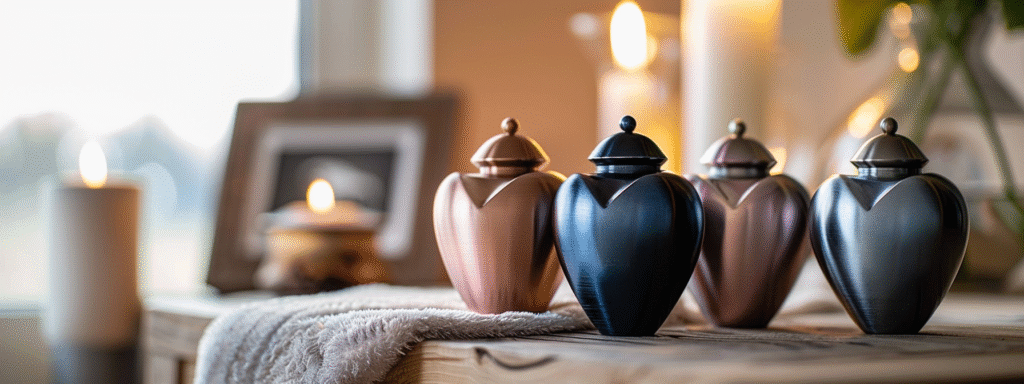
9. Cultural Variations: How the World Uses Urns
From Japan’s butsudan altars to Mexico’s Día de los Muertos urns, every culture has a unique approach.
- India: Ashes are often stored temporarily before being immersed in the Ganges River.
- Japan: The urn is placed in the home for 49 days during mourning before burial in a family tomb.
- Ghana: Some urns are shaped like animals or objects that represent the deceased’s life.
These examples remind us that urns are more than Western objects—they’re global symbols of remembrance.
